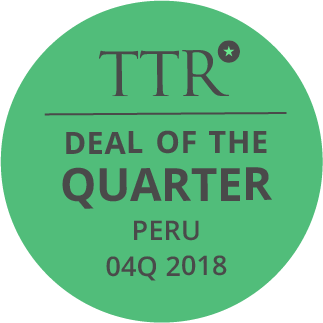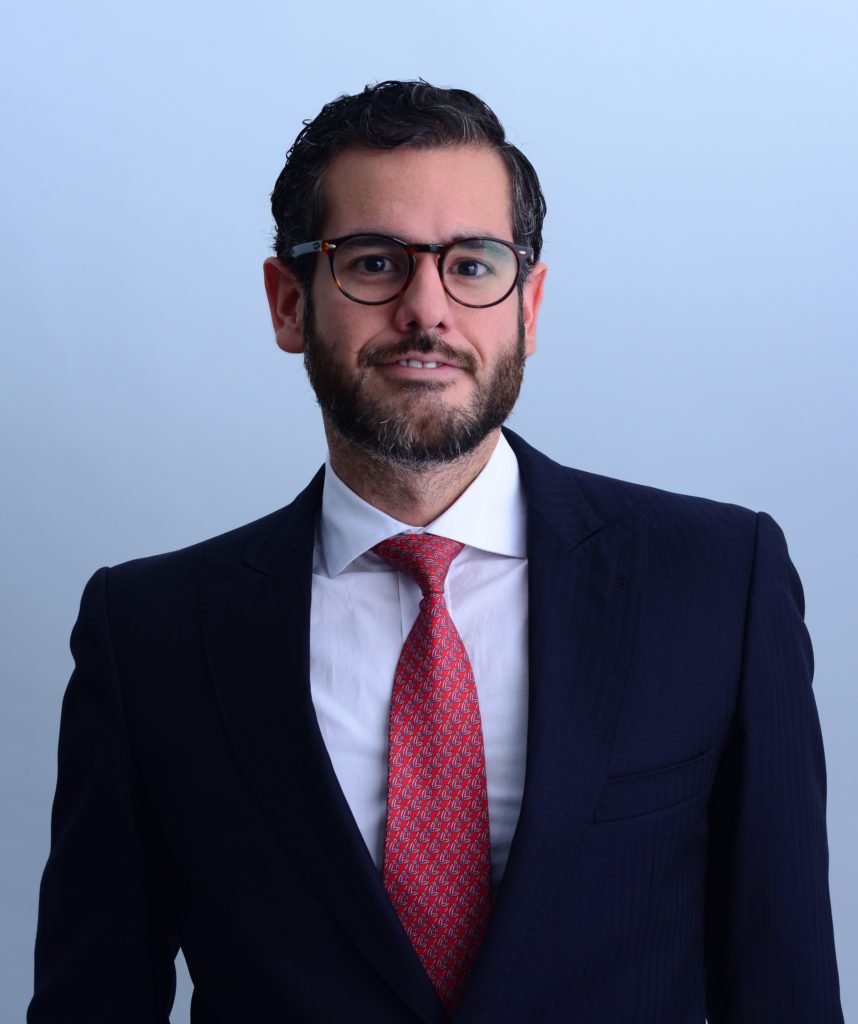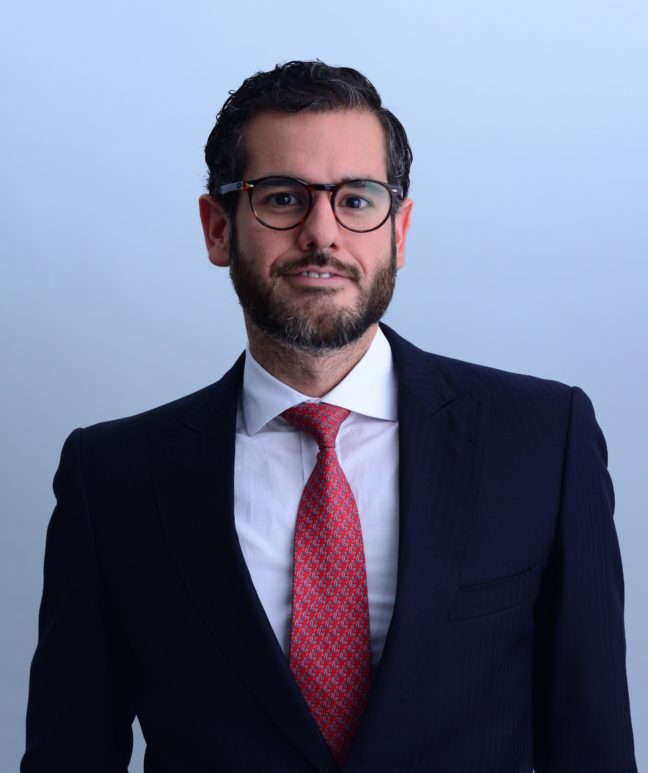TTR DealMaker Q&A with Payet, Rey, Cauvi, Pérez Abogados Associate Alan García
Deal Summary:

On 30 November 2018, Lima-based asset management firm Sigma SAFI acquired a 51% interest in the Parque Eólico Marcona and Parque Eólico Tres Hermanas from Grupo Cobra for USD 56m, consolidating its ownership of Peru’s largest wind farms with a combined installed capacity of 130MW between them. The wind farms were developed by Grupo Cobra, a Spain-based subsidiary of ACS, with financing provided by a consortium of institutions including Eximbank, KFW DEG, FMO, CAF, Proparco and Natixis.TTR DealMaker Q&A with Payet, Rey, Cauvi, Pérez Abogados Associate Alan García

Payet, Rey, Cauvi, Pérez Abogados Associate Alan García discusses details of a complex transaction that saw Sigma SAFI consolidate its ownership of Peru’s largest wind farm assets by paying off legacy creditors in the country’s first ever co-issuance.
TTR: How long have you been working with Sigma SAFI and how did you land this mandate?
AG: We’ve had a relationship with Sigma SAFI that spans several years. We represented the fund manager in 2015 and 2016 when it acquired its initial 49% interest in the two wind farms when Grupo Cobra retained its 51% stake. A couple of months ago we carried out a restructuring of the debt held by each entity, and from there we executed the acquisition. It was logical that we could be of value to the buyer given our understanding of the refinancing arrangement, which was a precursor to the acquisition. There were eight financial entities involved with mirrored contracts for Tres Hermanas and Marcona, each with its own project finance with all the associated step-in rights.
TTR: What made this transaction so complicated?
AG: The deal was complex because it required prepaying debt held by international development banks and simultaneously carrying out a private placement, all on the heels of a refinancing. Each project company had to be handled independently with their respective assets and concession agreements used as guarantees to the creditors. The complexities of the deal relate to its structure of guarantees that couldn’t be shared between entities and the symmetrical contracts that were drafted under New York and Peruvian Laws. The sequence of execution of the various contracts required to carry out the deal within a short period given to eliminate prior liens made the transaction especially challenging.
TTR: What makes this deal unique?
AG: This was the first co-issuance of notes by Peruvian issuers in Peru’s history. Being a replacement of debt and guarantees, basically with one project finance substituted by another, makes this deal stand out, especially given that between them the two wind farms represent 60% of the wind power capacity in Peru.
TTR: Which practice areas were involved?
AG: We had two teams working simultaneously, one dedicated to the acquisition and the other to the refinancing. Both teams were led by Finance and Capital Markets Partner Eduardo Vega and me, with parallel negotiations. We had corporate, tax, regulatory and energy specialists in each with a total of eight attorneys.
